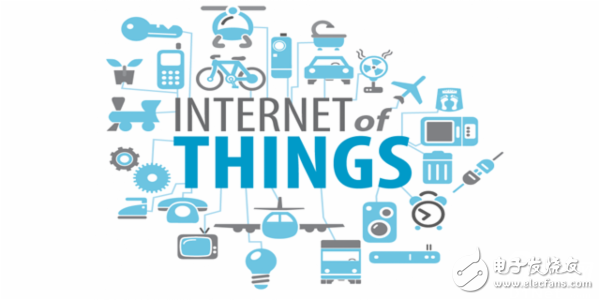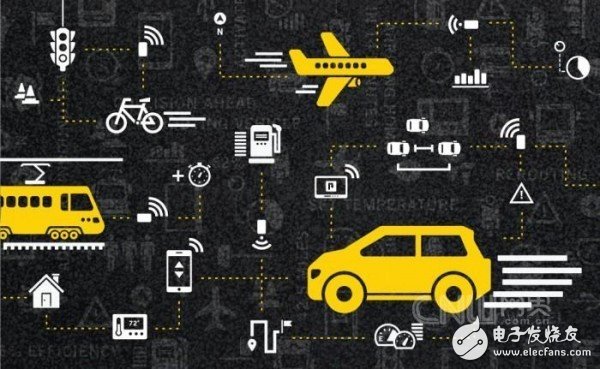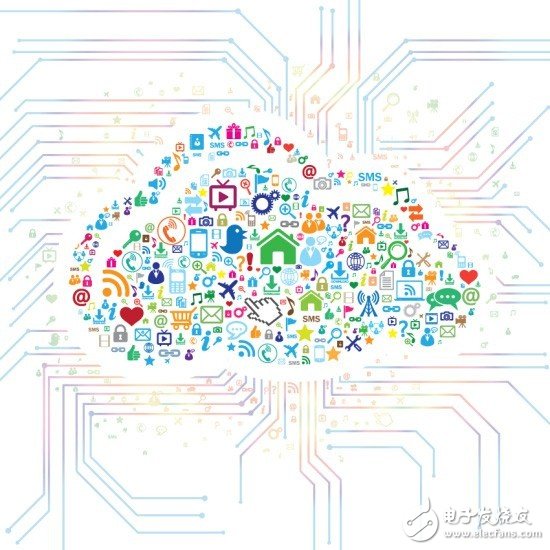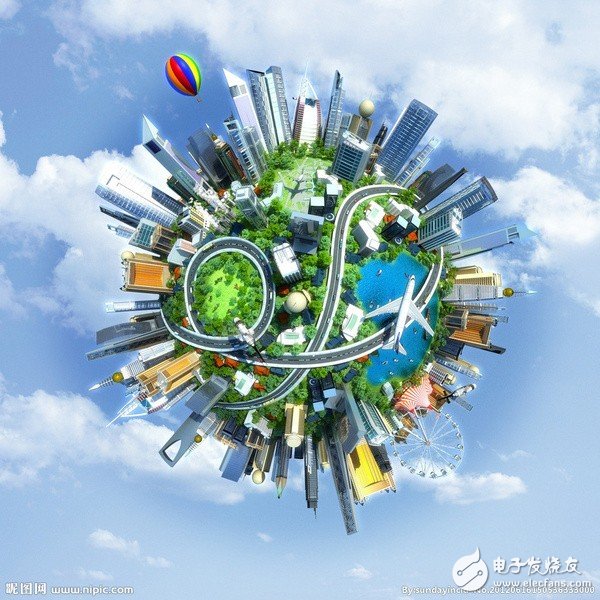At the moment, we are all talking about the Internet of Things, but do we really understand the term Internet of Things? Some people say that it is not the network, there is a network to connect. Yes, we all understand the simple concept, but is the Internet of Things really just as simple as the Internet?
The Internet of Things, called Internet of Things (IoT) in English, was proposed by Kevin Ashton, a researcher at the Massachusetts Institute of Technology in 1999. It is an information carrier based on the Internet, traditional telecommunication networks, etc., allowing all common physical objects that can be independently addressed to interconnect.

We can interpret it from two levels: On the first level, the core and foundation of the Internet of Things is still the Internet, which is a network that extends and expands on the Internet. On the second level, users can achieve this through the Internet of Things. The intersection and association between any item and item, and the exchange of information and communication, and finally achieve the connection of everything and everything.
The Internet of Things encompasses communication-aware technologies such as intelligent sensing, identification technology, and pervasive computing, as well as emerging technologies such as artificial intelligence, big data, and cloud storage. It truly realizes the effective integration of reality and virtual, so it is called after the computer and the Internet. The third wave of the development of the world information industry.
McKinsey, an internationally renowned company, has done a very interesting assessment. Based on the penetration of the Internet of Things in the market, population, economic and other variables, statistical trends and trends in technology over the next decade, they have come to an amazing conclusion: By 2025, the Internet of Things is expected to achieve an annual economic benefit of 3.9 trillion to 11.1 trillion US dollars, and its highest proportion can reach 11% of the global economic total in 2025.

According to the concept of the Internet of Things, a mature market needs to ensure at least three elements – terminal, communication and content services.
When it comes to terminals, many people are not strangers. From our common smartphones, smart air conditioners, smart washing machines, smart lights, to smart cars, smart wearable devices, smart factories, from life to work, from indoors to outdoors, in the foreseeable future, The antenna of the terminal can even extend into outer space. At present, some domestic and foreign terminals have achieved very good market response, but the strength of the individual does not represent the maturity of the entire IoT industry. In addition to excellent terminal equipment, communication and sensing devices are also a necessary part of building the Internet of Things.

In the mature Internet of Things era, there will be hundreds of millions of sensors embedded in various devices in the real world, such as mobile terminals, smart devices, factory machines, buildings, etc., ubiquitous sensors will be collected and aggregated. Data from all over the world are arranged and distributed according to the priority of the system agreement. It is understood that as early as 2013, there were several countries that proposed the “Trillion Sensors†program, which aims to promote and improve the efficiency of the entire society through hundreds of millions of sensors.
In the past 2015, the Internet of Things industry faced an extremely realistic dilemma. In the case of terminal equipment and communication (sensing) functions are basically sound, intelligent devices between different brands cannot be interconnected and common. In the current market, Apple has Homekit, Google has Brillo and Nest, Microsoft has Windows, Samsung has SmartThings... They each have their own content service system, and Internet terminal devices under different systems cannot be compatible. Then, once a user purchases a terminal product of a plurality of enterprises and brands, it often comes with the need to simultaneously purchase, learn, and manipulate multiple "intelligent systems."

For the entire IoT industry, only the successful establishment, integration and unification of terminals, communications and content services can truly become the main force leading the development of the times. In this mature process, for many brands, companies, and even the country, it will be full of challenges and opportunities. It may not be too long, or even in 2016, the era of the Internet of Everything will be opened.
Saintish Solar inverter with MPPT ranges from 1000W to 3000W, which is a new type of multi function inverter /charger, combining functions of inverter, solar charge controller and Battery Charger to offer uninterruptible power.
The off grid solar inverters are with pure sine wave output to protect electronics and the real MPPT increases around 30% of solar panels output.
The inverter charger comes with protection of over charge/discharge, over load, short circuit, battery reverse, solar reverse, etc.
PV Inverter, Solar MPPT Inverter, MPPT Solar Off Grid Inverter
Hangzhou Saintish Technology Co.,Ltd. , https://www.saintishtech.com